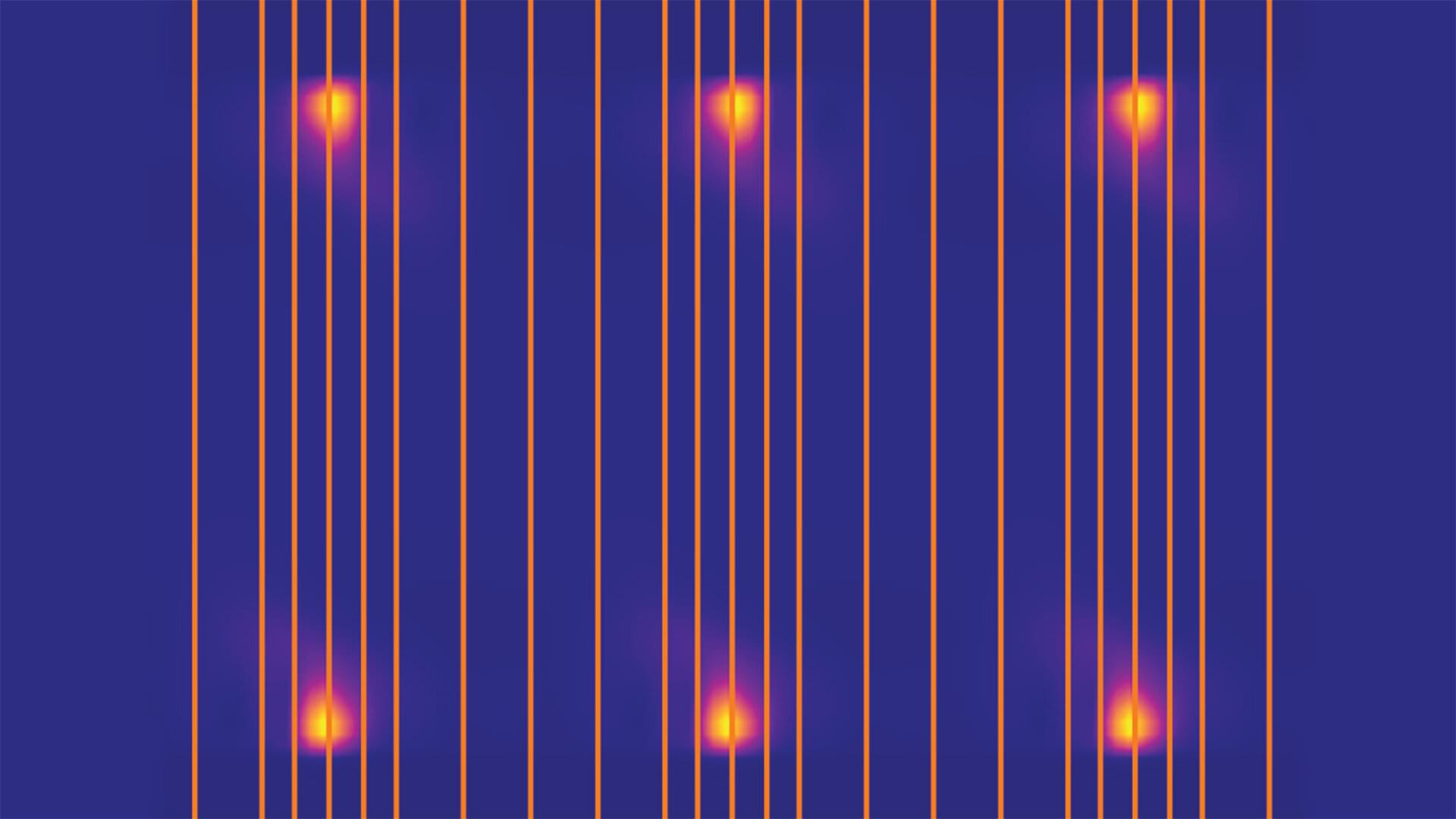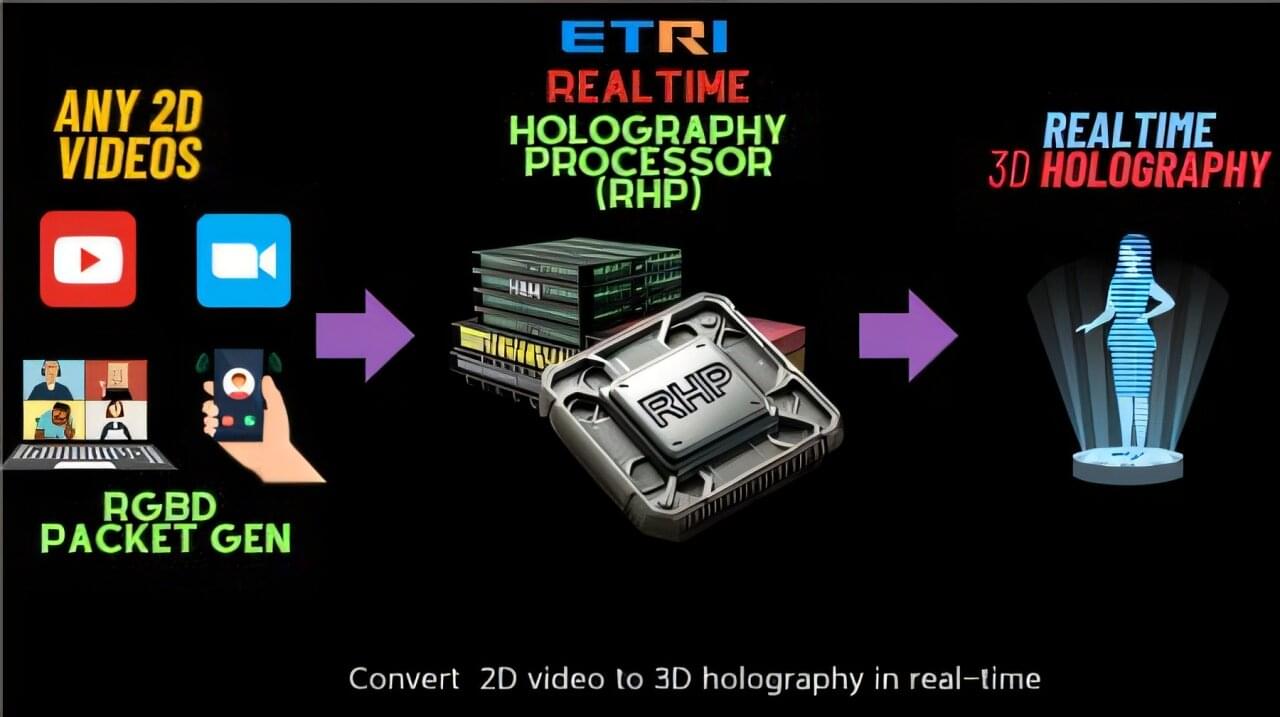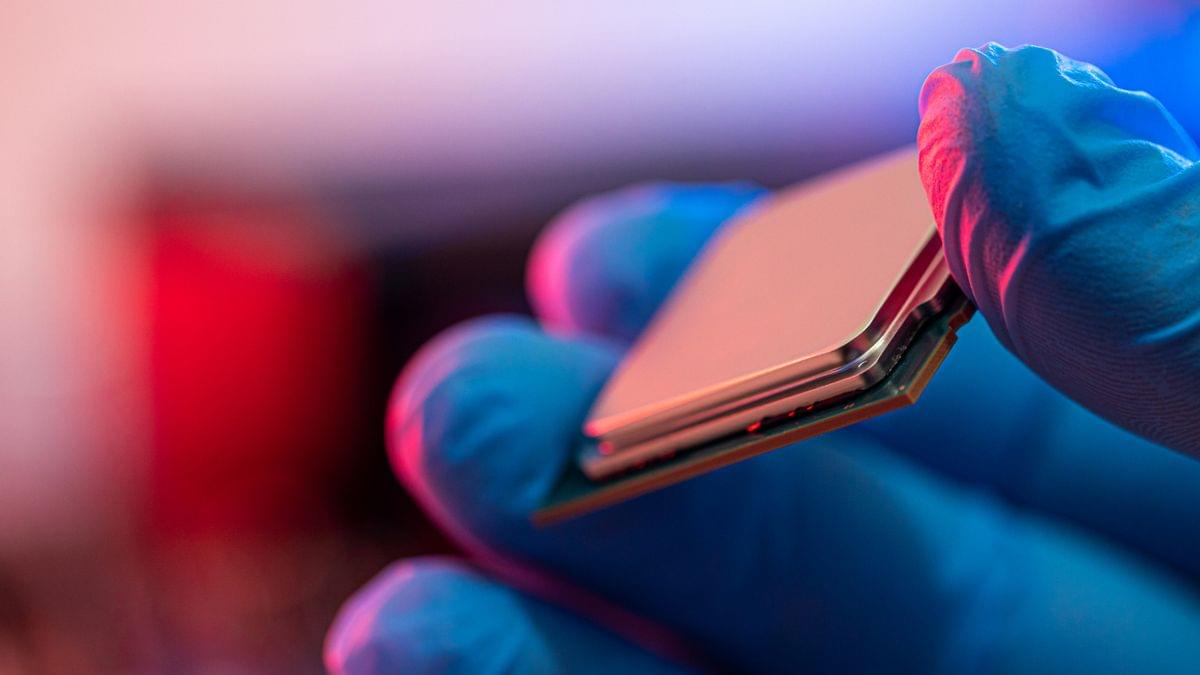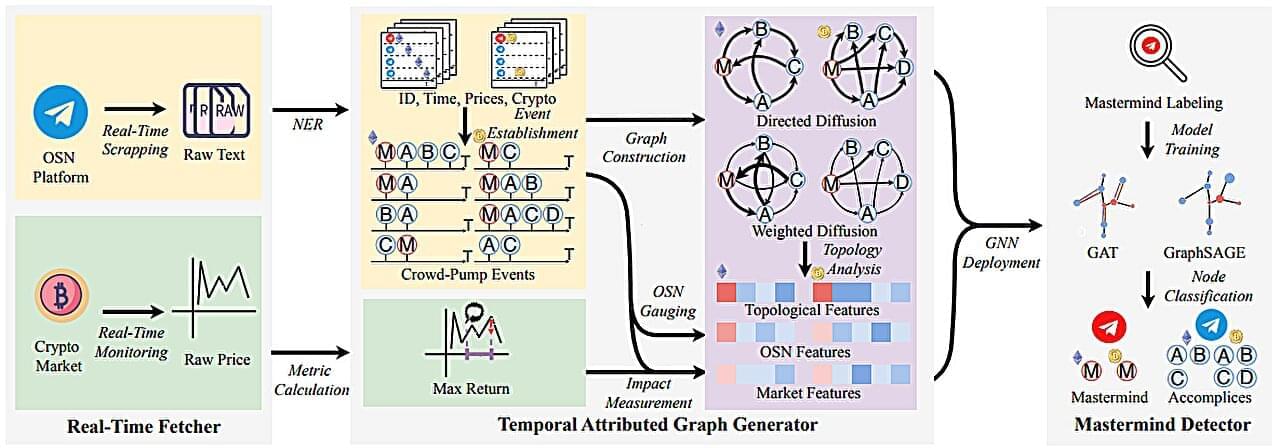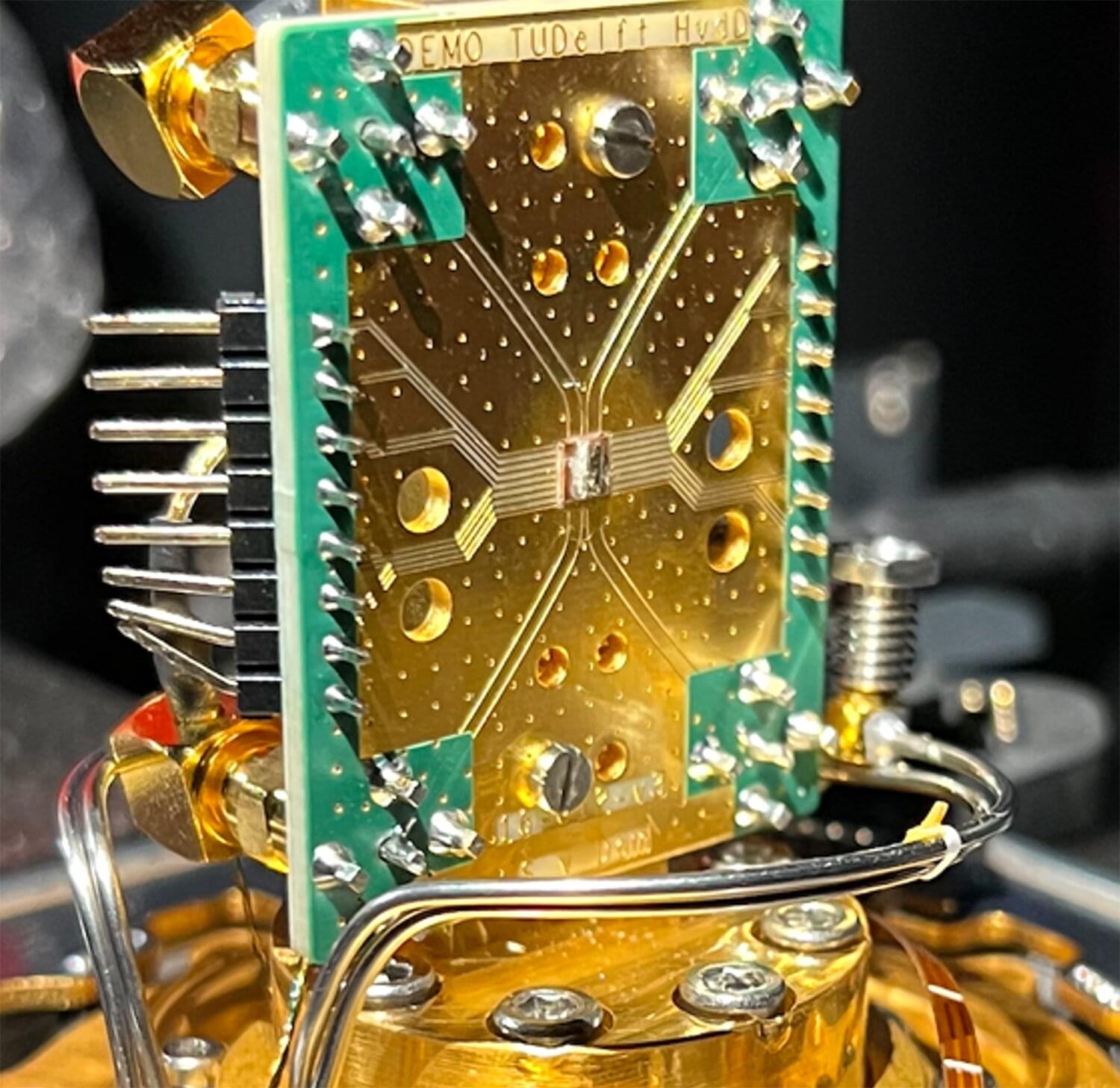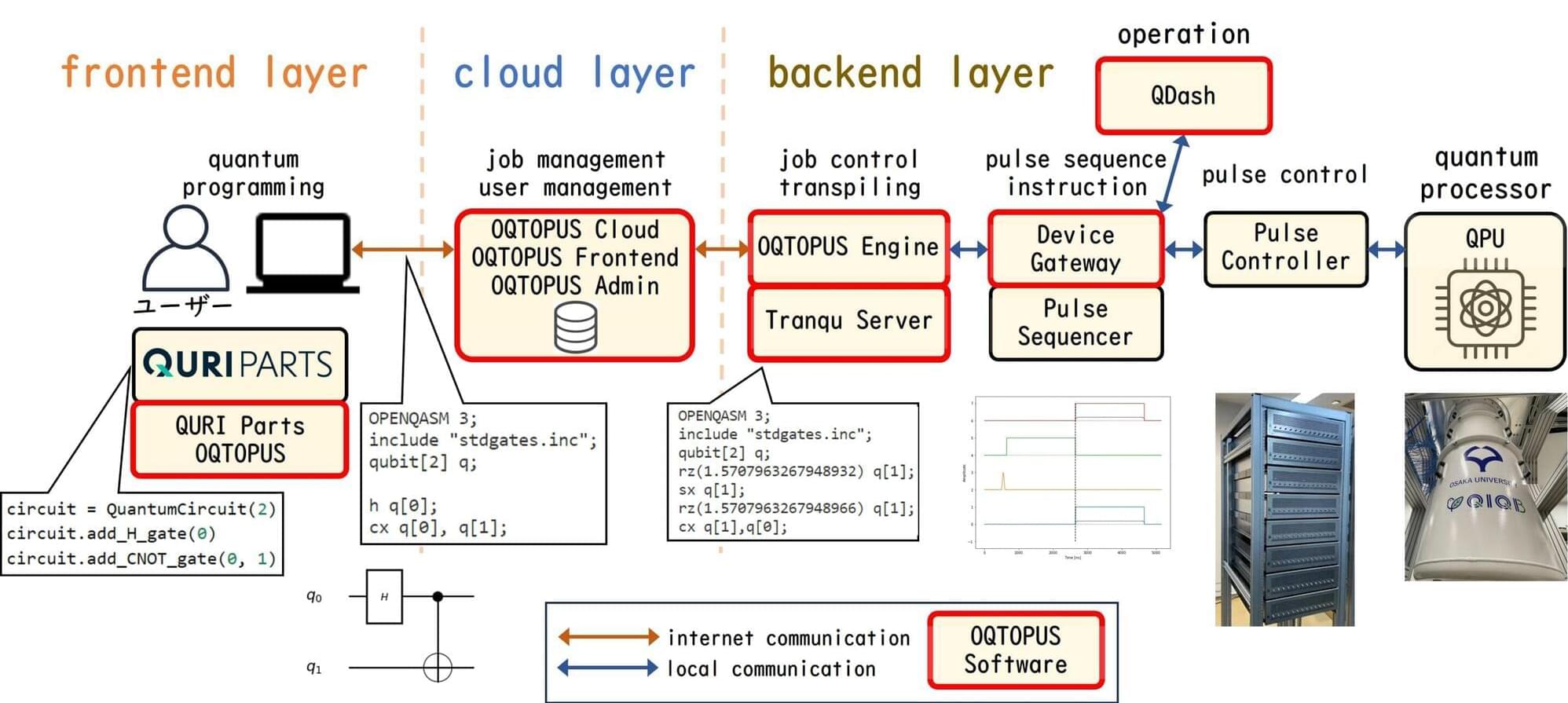When the plasma inside a fusion system starts to misbehave, it needs to be quickly cooled to prevent damage to the device. Researchers at Commonwealth Fusion Systems believe the best bet is a massive gas injection: essentially, a well-timed, rapid blast of cooling gas inside their fusion system, which is known as SPARC.
But how many gas valves does it take to quickly tame a plasma that is hotter than the sun? The team has to strike the perfect balance: with too few valves, some parts of SPARC might overheat. With too many, valuable space inside the vessel would be wasted.
To answer this question, researchers turned to a computer code known as M3D-C1, which is developed and maintained by scientists at the U.S. Department of Energy’s (DOE) Princeton Plasma Physics Laboratory (PPPL). The code was used to model different valve configurations, and the results show that spacing six gas valves around the fusion vessel, with three on the top and three on the bottom, provides optimal protection.
